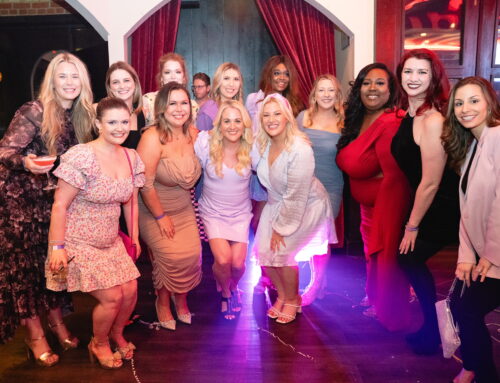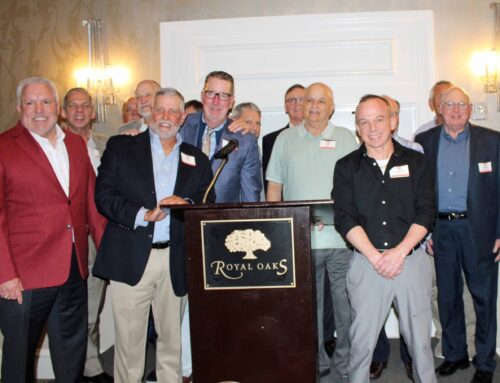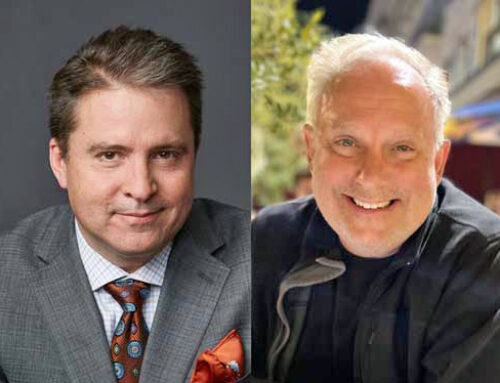 Mel Gibson has returned to the director’s chair after a ten-year absence, and his war film Hacksaw Ridge proves to be a worthy effort. It’s a blunt-force but highly effective treatise on the horrors of war as well as those who rise above the brutality to maintain as much humanity as one can on a battlefield.
Mel Gibson has returned to the director’s chair after a ten-year absence, and his war film Hacksaw Ridge proves to be a worthy effort. It’s a blunt-force but highly effective treatise on the horrors of war as well as those who rise above the brutality to maintain as much humanity as one can on a battlefield.
The true story of Pvt. Desmond Doss (Andrew Garfield), a Seventh Day Adventist and conscientious objector who became a Medal of Honor recipient without ever taking a life, or even using a weapon, during the closing days of World War II.
During a corny opening act, Gibson establishes Doss as a sweet, sensitive young man from the Blue Ridge Mountains of Kentucky who falls for a local nurse, Dorothy (Theresa Palmer) and endures the rages of an alcoholic father (Hugo Weaving) before a moment of clarity causes him to enlist in the Army.
From that point on the movie gains some dramatic heft. Doss makes it known adamantly at basic training that his religious beliefs prevent from taking a life, and that he signed up to serve as a medic. His commanding officer (Sam Worthington) comes down on him hard, as does his stereotypical hard-nosed sergeant (an enjoyably prickly Vince Vaughn), his fellow soldiers, and their higher-ups.
Taunted, beaten, imprisoned, and very nearly court-martialed, Doss stays true to his convictions and is ultimately allowed to serve as a medic, and the battalion is shipped to the Pacific in time for the Battle of Okinawa, during which the real-life Doss repeatedly pressed into the battlefield, unarmed and mostly alone, to rescue wounded soldiers, saving 75 lives in the process.
The movie isn’t subtle, though it is more so than Gibson’s previous movies (which, admittedly, isn’t saying a whole lot). Aside from the uniqueness of Doss and his amazing story, it’s by and large a conventional war movie, complete with the Girl back Home, a Snarling Drill Sergeant, and G.I.s with names like Smitty, Hollywood, and Vito. Gibson and screenwriters Andrew Knight and Robert Schenkkan wisely drop the schmaltz when the fighting begins. To their credit they avoid painting Doss as a messianic figure and his fellow soldiers as simplistic brutes. On the other hand, the Japanese are little more than cannon fodder and bogeymen with bayonets.
The scenes of warfare capture the brutality of the Pacific Theater, and WWII in general, with an immediacy on par with Saving Private Ryan. It’s still a Mel Gibson joint though, and the gore is spread fairly thick once bullets start flying and people start dying during the titular meat grinder of a fight (one of the bloodiest of the war). It’s an effective shock to the system, but it often veers between hyper-realism and cheap splatter schlock.
Despite — and to a certain extent, because of — that, Gibson and company put Doss’ actions in sharp perspective: a simple man with deeply held beliefs trying to survive long enough to help others live a little longer — basically The Passion of the Christ with machine guns, flame throwers, and explosions instead of torture porn.





